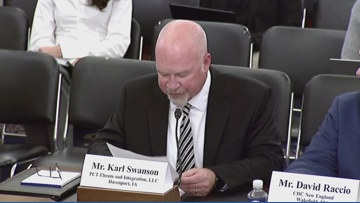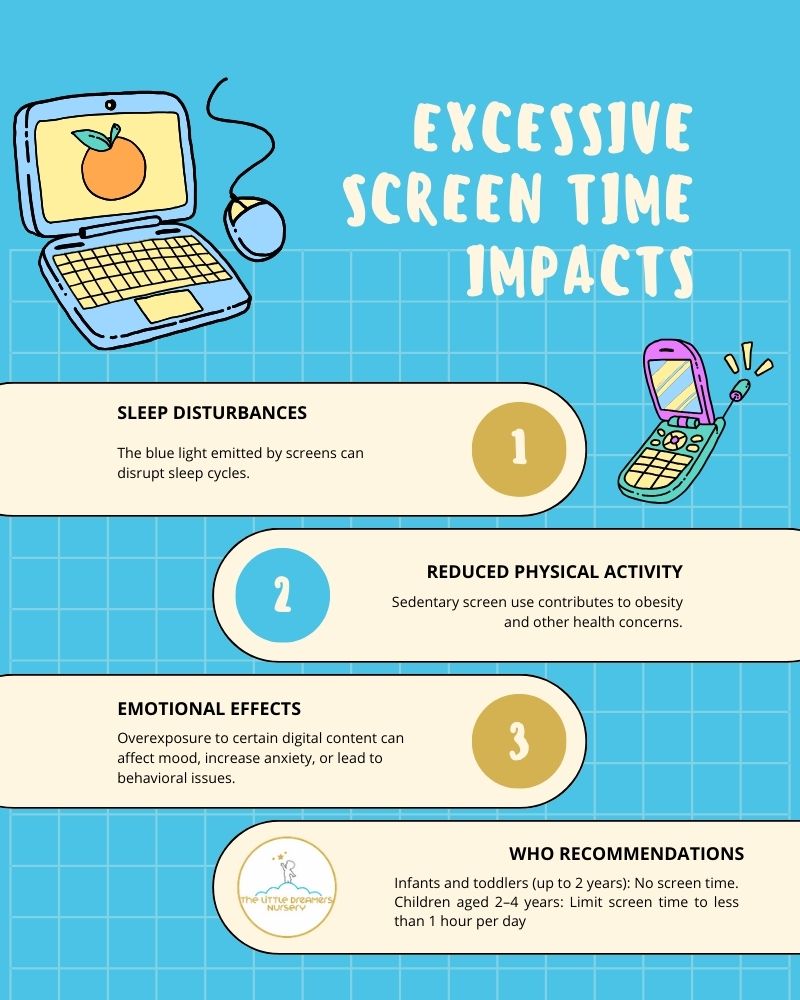Report on the Pittsfield Early Childhood Education Initiative
Introduction: Aligning with Sustainable Development Goals
A collaborative initiative in Pittsfield, funded by a $250,000 grant from the Commonwealth Preschool Partnership Initiative, is being implemented to enhance early childhood education. This project directly addresses several United Nations Sustainable Development Goals (SDGs), primarily focusing on ensuring inclusive and equitable quality education (SDG 4) and reducing inequalities (SDG 10). By removing systemic barriers to preschool access, the partnership aims to create a more equitable learning foundation for all children, ensuring they are prepared for primary education and lifelong learning.
Needs Assessment and Key Challenges
A formal needs assessment identified critical issues hindering the achievement of quality early education, revealing a disconnect between available resources and community needs. These findings underscore the urgency of interventions aligned with SDG 4 and SDG 10.
Key Findings:
- Underutilization of Resources: An assessment by SchoolWorks LLC found a significant vacancy rate of 19% to 25% across 1,100 available seats in early childhood programs.
- Lack of School Readiness: Screenings of incoming kindergarten students indicated that 52.5% scored below desired readiness benchmarks, a direct challenge to the objectives of SDG 4.2 (quality pre-primary education).
Identified Barriers to Access:
The studies identified several socioeconomic and systemic barriers that contribute to educational inequality, which this initiative seeks to dismantle in line with SDG 10.
- Lack of full-day options for working families, impacting SDG 8 (Decent Work and Economic Growth).
- Absence of reliable transportation.
- Prohibitive tuition costs for many families.
- Complex and fragmented registration processes.
- Inconsistent program quality and communication standards among providers.
Strategic Objectives and SDG Integration
The grant will fund a multi-faceted strategy to build a cohesive and high-quality early learning system. Each objective is designed to produce outcomes that support specific SDGs.
Programmatic Interventions:
- Centralized Coordination and Enrollment: A city-wide program coordinator and a unified registration system will be established to simplify access for all families, directly addressing SDG 10 by reducing inequalities in navigating the system.
- Enhancing Educational Quality (SDG 4): The initiative will provide shared professional development, coaching, and curriculum support for educators across the city to ensure consistent, high-quality instruction.
- Inclusive Education (SDG 4 & SDG 10): The program will expand supports for preschool-aged children with disabilities, promoting an inclusive learning environment where they can learn alongside their peers.
- Long-Term Economic Impact (SDG 1 & SDG 8): By investing in high-quality early childhood education, the initiative supports long-term economic benefits, including increased future earning power and better health outcomes, contributing to poverty reduction (SDG 1).
A Partnership for the Goals (SDG 17)
This initiative exemplifies SDG 17 (Partnerships for the Goals) by fostering a multi-stakeholder collaboration. The Pittsfield Public Schools is administering the grant with Berkshire United Way serving as the lead agency, uniting public, non-profit, and educational institutions.
Participating Partners:
- Pittsfield Public Schools
- Berkshire United Way
- Berkshire County Head Start
- Kid Zone
- Gladys Brigham Community Center
- Boys & Girls Club of the Berkshires
- 18 Degrees
- Berkshire Community College
This collective effort aims to create a unified “Pittsfield ecosystem” for early learning, strengthening the entire network of providers rather than promoting individual programs. This collaborative framework is essential for achieving sustainable, community-wide improvements in educational outcomes.
Analysis of Sustainable Development Goals in the Article
1. Which SDGs are addressed or connected to the issues highlighted in the article?
The article highlights issues and initiatives that are directly and indirectly connected to several Sustainable Development Goals. The primary focus is on education, but it also touches upon inequality, partnerships, and long-term well-being.
- SDG 4: Quality Education: This is the most prominent SDG addressed. The entire article revolves around improving access to and the quality of early childhood education to ensure children are prepared for primary schooling. The initiative’s goal is that “Every child in Pittsfield deserves to enter kindergarten ready to succeed.”
- SDG 10: Reduced Inequalities: The article explicitly mentions the goal of creating a “stronger, more equitable early learning system.” It identifies barriers that disproportionately affect families, such as tuition costs, lack of full-day options, and complex registration processes. Furthermore, it specifically aims to expand “supports so preschool-aged children with disabilities can learn alongside their peers,” directly addressing inclusion.
- SDG 17: Partnerships for the Goals: The initiative described is a multi-stakeholder collaboration. The article states it is a cooperative effort between “Pittsfield Public Schools,” “Berkshire United Way,” and “early childhood educators.” It also lists numerous other participating nonprofit agencies and providers, such as Kid Zone and the Boys & Girls Club, highlighting the importance of partnerships to achieve the educational goals.
2. What specific targets under those SDGs can be identified based on the article’s content?
Based on the specific actions and goals described in the article, the following SDG targets can be identified:
- Target 4.2: “By 2030, ensure that all girls and boys have access to quality early childhood development, care and pre-primary education so that they are ready for primary education.” The article directly supports this target by focusing on a grant used to “clear obstacles to early childhood classes.” The initiative addresses the problem of underutilization of preschool seats and the fact that 52.5% of incoming kindergartners scored “below desired readiness benchmarks.”
- Target 10.2: “By 2030, empower and promote the social, economic and political inclusion of all, irrespective of age, sex, disability, race, ethnicity, origin, religion or economic or other status.” The initiative’s aim to create a “more equitable early learning system” and provide support for “preschool-aged children with disabilities” aligns perfectly with this target. By addressing barriers like “tuition costs beyond families’ means,” it also seeks to promote economic inclusion.
- Target 17.17: “Encourage and promote effective public, public-private and civil society partnerships, building on the experience and resourcing strategies of partnerships.” The article is a case study of this target in action. The grant from the “Commonwealth Preschool Partnership Initiative” is administered by the public school system, with Berkshire United Way (a civil society organization) as the lead agency, bringing together various nonprofit providers. The goal is to create a “Pittsfield ecosystem” rather than having organizations compete.
3. Are there any indicators mentioned or implied in the article that can be used to measure progress towards the identified targets?
Yes, the article mentions several quantitative and qualitative indicators that can be used to measure progress.
- For Target 4.2:
- Participation Rate in Organized Learning (Indicator 4.2.2): The article provides a baseline by stating there is a “vacancy rate of between 19 and 25 percent” for the 1,100 available seats. Progress can be measured by a reduction in this vacancy rate.
- Proportion of Children Developmentally on Track (Indicator 4.2.1): The article notes that a screening “showed that 52.5 percent scored below desired readiness benchmarks.” An increase in the percentage of children meeting these benchmarks would be a direct indicator of the initiative’s success.
- For Target 10.2:
- Inclusion of Children with Disabilities: The plan to “expand supports so preschool-aged children with disabilities can learn alongside their peers” implies an indicator: the number or percentage of children with disabilities successfully enrolled and supported in these programs.
- Enrollment of Children from Low-Income Families: By addressing “tuition costs beyond families’ means,” progress could be measured by the number of families who access financial support or the increase in enrollment from families who previously could not afford preschool.
- For Target 17.17:
- Number of Collaborative Partners: The article lists the key partners involved (“Pittsfield Public Schools,” “Berkshire United Way,” “Berkshire County Head Start, Kid Zone, Gladys Brigham Community Center, Boys & Girls Club of the Berkshires, and 18 Degrees”). The strength and effectiveness of this network, including the functioning of the “centralized registration system,” serve as an indicator of a successful partnership.
4. Summary Table of SDGs, Targets, and Indicators
| SDGs, Targets and Indicators | Targets | Indicators |
|---|---|---|
| SDG 4: Quality Education | 4.2: Ensure access to quality early childhood development, care, and pre-primary education. |
|
| SDG 10: Reduced Inequalities | 10.2: Empower and promote the social and economic inclusion of all, including persons with disabilities. |
|
| SDG 17: Partnerships for the Goals | 17.17: Encourage and promote effective public, public-private, and civil society partnerships. |
|
Source: berkshireeagle.com







